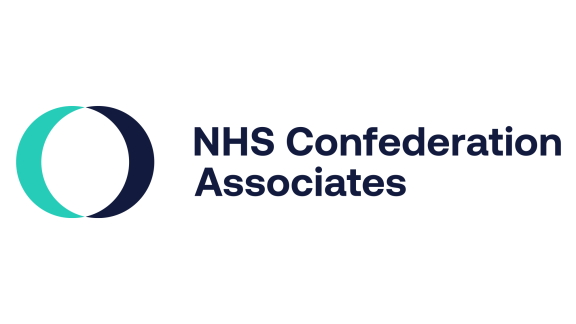Is immigration harming the NHS?

Overview
Rhetoric around immigration and recruiting from overseas and its impact on the NHS in England can be both positive and negative. There are many benefits for the NHS but there is also the perception that with immigration adding to overall population levels, it can increase demand on already stretched health and care services. There is also the view that some people are coming to the UK solely or predominantly to exploit ‘free’ healthcare.
Exploring the evidence
According to reports and data, immigration isn’t harmful to the NHS with the Migration Advisory Committee reporting, for example, that ‘EEA migrants contribute much more to the health service and the provision of social care in financial resources and work than they consume in services’.
The benefits of immigration to the NHS workforce
With a high number of vacancies across the NHS, health services are clearly struggling to find and retain the staff to keep up with demand. All health professional roles have been on the shortage occupations list (SOL) for some time, and while increasing training places, diversifying training routes, and incentivising work in the NHS are helpful policies for domestic recruitment set out in the NHS Long Term Workforce Plan, they don’t necessarily deal with the demand right now, given the time it takes to train to enter healthcare professions.
To help fill the current 100,00+ vacancies in the NHS, immigration and international recruitment allows a wide pool of candidates. Recent NHS data shows that across all NHS staff in England (1.4 million), more than 17 per cent (264,815) are from overseas. Percentages for nurses are much higher – nearly 27 per cent of NHS nurses are from outside the UK (99,856 of the 372,605 nurses and health visitors recorded).
Further, the workforce plan is supported by the government, for example, having set a target to recruit between 51,000 and 57,000 international nurses by 2023/24. During the period of 2022/23, already 21,511 more international nurses were recruited in the UK.
We can also see in GP data whether people have been trained in the UK, EU/EEA or the rest of the world.
Impact of immigration on demand for NHS services
With people moving to the UK, we can expect them to use NHS services when needed. Net migration has been on the increase since the 1970s, but a sharp increase in immigration has been seen in the past two and a half years. The ONS has described this period as ‘unique’, as it saw the beginning of two large-scale migration schemes from Ukraine and Hong Kong – as well as coinciding with the reopening of international travel after the pandemic.
GP and nurse consultations in primary care, treatment provided by a GP and other primary care services are free at the point of service for all. Access to accident and emergency services, palliative care, NHS dentistry with the requisite charge, and services relating to some communicable diseases, amongst some other services, also does not depend on immigration status.
For secondary care services, the UK’s healthcare system is residence-based. People who are not defined as ‘ordinarily resident’ in the UK may be required to pay for their care when they are in England. Charges do not apply for refugees and asylum seekers.
Although national data around the use of the NHS by migrants is not readily available to be able to accurately assess the cost of immigration on the NHS, there is some data we can rely upon to paint a picture.
There has been an argument for reducing migration that says that it will, in turn, significantly reduce demand on NHS services, however, those making this argument may not always factor in the typical migrant demographic. The majority of migrants to the UK are in their 20s and 30s and either work or pay to study, thus contributing taxes to fund public services. They also tend to be less likely to consume health services given they are young.
Health tourism
There is a category that has been described as ‘health tourists’ who come to the country with their main intention being to make use of free NHS services.
The bottom line
In 2022, the Migration Observatory said that the fiscal impact of legal migration to the UK is small and that immigrants are an increasing share of the health and social care. This is critical to the NHS, not only for filling vacancies but also for adding to its diverse workforce.
On the cost of immigration to the NHS, from publicly available data, it appears to be small, especially when we account for taxes and surcharges paid, and the reciprocal agreements that give British citizens care abroad. On added pressures to the service, migrants tend to be younger, economically active and less likely to consume health services.
Staff from overseas are essential to helping the NHS to survive and thrive, especially while we face high numbers of vacancies. In our assessment, immigration is of net benefit to the NHS and an incoming government should explore ways to make international recruitment to the sector as easy as possible, alongside efforts to grow the domestic workforce.
Read more from our series of explainers, providing facts and figures to challenge common misconceptions in health and care.



